Week 25 Preparedness Challenge
This week’s challenge is to add canned fruit to your food storage. Choose store-bought fruit or can your own fruit at home.
Canned Fruit from the Grocery Store
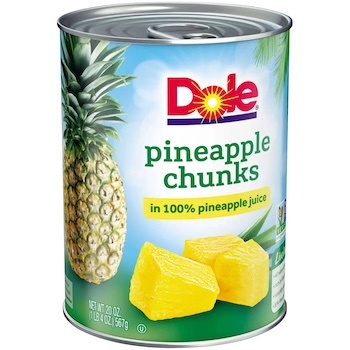
Canned fruit is an easy food to store and convenient in an emergency. It requires no more than a can opener to have ready-to-eat food. Typical canned fruits include applesauce, peaches, pears, apricots, cherries, plums, pineapple, mandarin oranges, and many varieties of berries. Watch for them when they are on sale and stock up. Some parts of the country offer case lot sales and that’s also a good time to add them.
Keep it simple—add six cans or jars of fruit per person to your food storage.
You may want to add other types of preserved fruits such as frozen, dehydrated, or freeze dried. Of course, add more or less based on your circumstances.
How Much Fruit Should You Store?
Start with the simple Preparedness Challenge and store six cans of jars of fruit per person. But then ask yourself a few questions. Will your family have access to fruit in an emergency? Do you anticipate that there will be fresh fruit available in grocery stores? Are you able to grow some of your own fruit? What types of fruit will be best for your situation? Do you want to also store frozen fruit, dehydrated, or freeze dried fruit? How long do you expect a potential crisis to last? How long are you planning for?
IT’S SIMPLE TO CALCULATE HOW MUCH FRUIT YOU NEED TO STORE
One way to determine how much canned fruit you need is to multiply the number of days you are planning for, times how many servings per day, times how many people you are storing food for.
Formula: (number of days) x (number of servings per day) x (number of people) = total number of servings
So, if you want one servings a day for four people for one month here is how you calculate it: 30 days, times 1 serving, times 4 people, equals 120 servings. As an example, a quart of applesauce has eight half-cup servings—so you would need 15 quart-jars.
What Is the Shelf Life for Canned Fruits?
The USDA recommends that for highest quality, use high-acid canned fruits within two years. From my experience with home-canned fruits, they keep their quality for two, maybe three years. They begin losing flavor and the color dims or darkens and, although still safe to eat, they are less appetizing.
If stored in cool, dry conditions, the emergency shelf life of canned foods—the time they can be kept and remain somewhat palatable and nutritional—can be significantly longer. Industry and military research suggests that most canned goods stored at 70° F (21° C) or lower stay nutritious and palatable even after five years.
Can Your Own Fruit at Home!
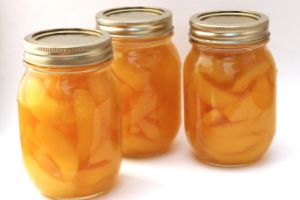
Growing up in the Pacific Northwest, home canning was a late summer/early fall ritual in our home and the entire family was involved in an assembly line. We all picked fruit, and my siblings and I, along with our dad, peeled and cut the fruit while my mom put the fruit in jars and got them ready to process. The fruit came from our own trees or berry vines, or we bought them from roadside stands or picked them at nearby u-pick orchards or berry patches.
Home canning is not hard—it requires a few pieces of specialized equipment and the ability to follow directions. Start with a good canning guide. I recommend the free USDA Complete Guide to Home Canning, the Ball Complete Book of Home Preserving (2020), or a current extension guide.
Home Canning Guides and Equipment
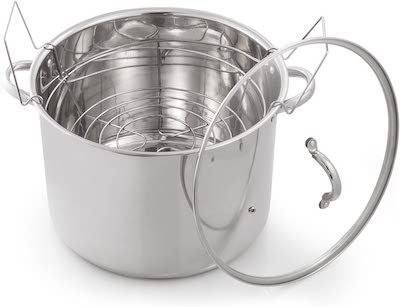
Next, you will need jars, lids, and rings, along with a colander, funnel, jar lifter, and sharp paring knives. For processing jars of fruit, you have two options. One option is a water bath canner which is traditionally used for home canning. Be sure it is tall enough to cover jars with an inch or two of water, and it should come with a rack.
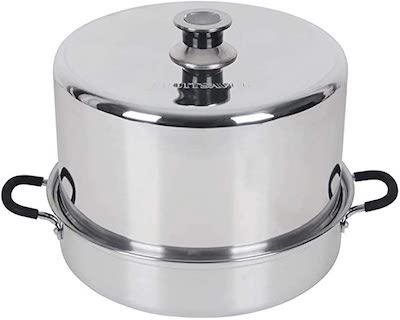
Or use a steam canner. This is the faster way to process home-canned fruits because you don’t have to heat up a big pot of water.
Are You New to Home Canning? Start with Something Foolproof!
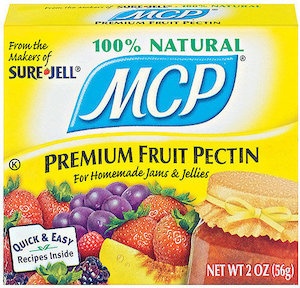
June is strawberry season and the perfect time to try your hand at making strawberry jam. It’s a good place for beginners to start. Everyone in my family agrees that strawberry freezer jam is better than cooked jam and tastes the most like fresh strawberries. If you have never made strawberry freezer jam, you are in for a treat!
To make it easy, use packaged pectin. I have experimented with three common brands of pectin and they all produce reliable results—although I feel MCP Pectin has a slight edge.
Tips for Using Packaged Pectin to Make Strawberry Freezer Jam
- 1 Use fresh, high quality fruit. I used strawberries from our garden.
- 2 Discard any fruit that you wouldn’t want to eat—Get rid of any bruised or overripe berries.
- 3 Crush berries using a potato masher or firm pastry blender.
- 4 I recommend not using a food processor or blender because they whip too much air into the fruit and causes the fruit to float to the top of the jars.
- 5 Follow measurements meticulously. The package directions warn about this for a good reason.
- 6 Make sure that sugar and pectin are dissolved as completely as possible. It may take more stirring and a bit more time than the recipe states.
- 7 Keep the spoons you stir with clean—no tasting and reusing the spoon.
- 8 Be sure the pectin is not past its best-if-used-by date.
SCARCE CANNING SUPPLIES
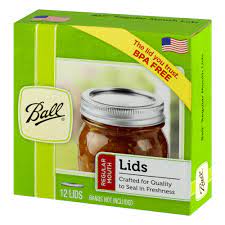
With the COVID pandemic and people’s heightened awareness of the need to be prepared, plus some breakdown in the supply chain, canning jars and canning lids were hard to come by during the harvest season last year. If you can find lids, don’t hesitate to stock up on what you need for this year’s canning season. Look for reputable brands–you don’t want the seals to fail.
Learn More
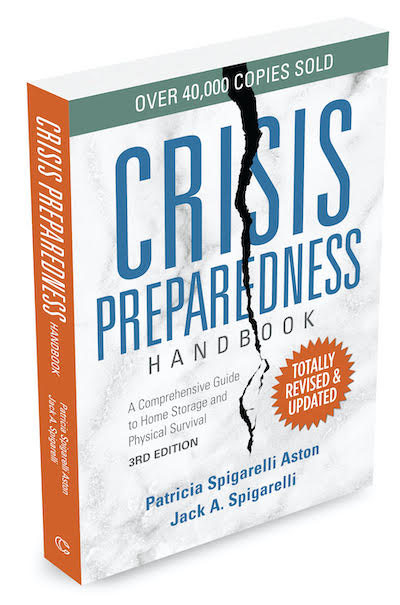
In my book “Crisis Preparedness Handbook, Third Edition,” you will find a thorough discussion of home canning basics and well as help for other types of home food preservation. You can find it on my website CrisisPreparedness.com. Or, read it on Amazon in the Kindle version—or get it as a regular book.
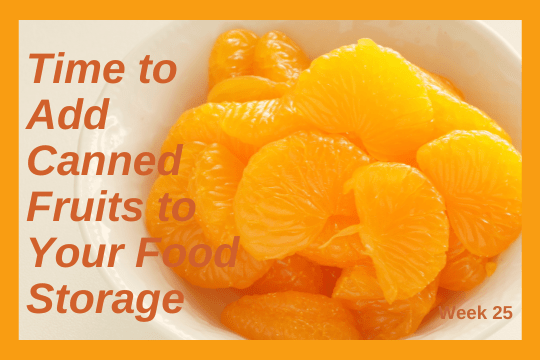


3 thoughts on “Time to Add Canned Fruits to Your Food Storage”
Thank you for helping us prepare. I have followed your suggestions for the past 6 months and I can’t believe how simple and affordable it has been. I look at my storage and a peace comes over me. I will continue to follow yourcsuggestiond. Thank you again.
This was a delight to read. You show an impressive grasp on this subject! I specialize about Airport Transfer and you can see my posts here at my blog UQ6 Keep up the incredible work!
Your site visitors, especially me appreciate the time and effort you have spent to put this information together. Here is my website QN6 for something more enlightening posts about Thai-Massage.